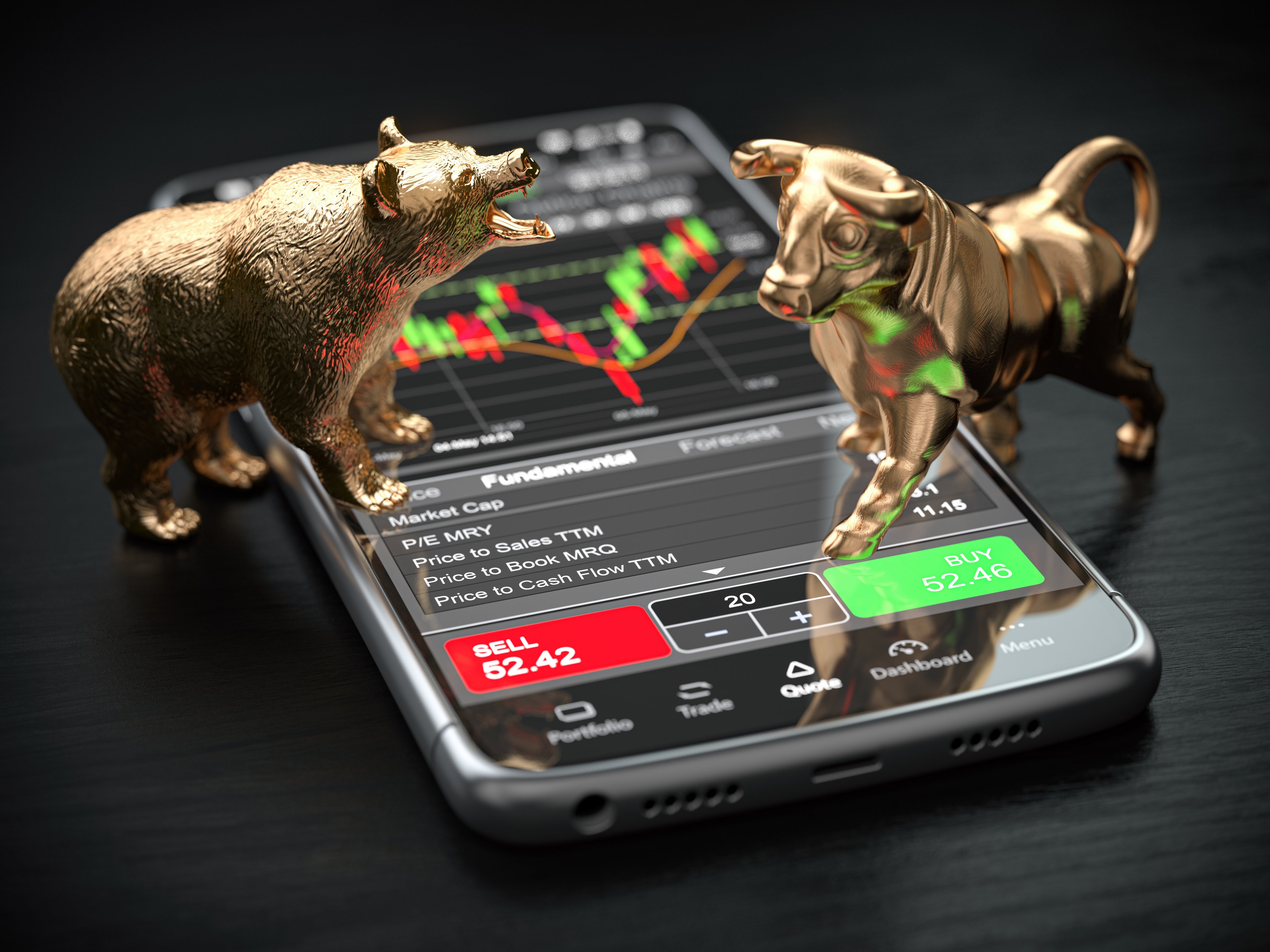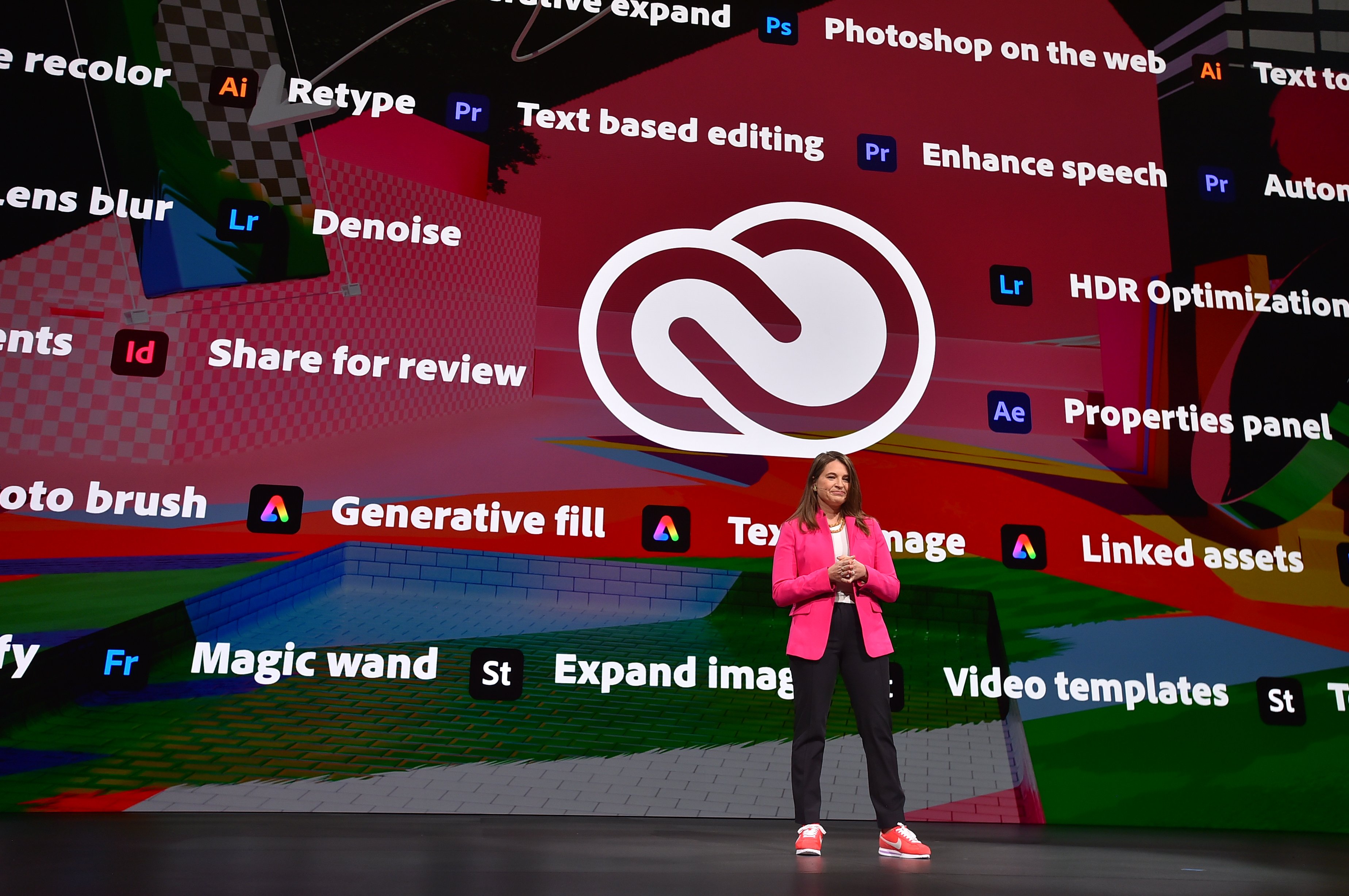There probably aren't too many investors who were part of the Adobe System (ADBE 1.40%) initial public offering in 1986 who've held their shares straight through to the current day. But looking at how much you'd have earned if you did provides an important lesson for investors.
Let's look back at how this creative and media software giant became what it is today, cover the numbers for the IPO returns, and examine the stock's wild ride during the market's dot-com craze.
Adapting its way to long-term success
The company that is best known for portable document format files (PDFs) and its Photoshop software started out providing a mundane but important product. Its first application allowed computers to print different fonts using its PostScript language. In 1982, the company's first year in existence, it scored a five-year deal with Steve Jobs to license that software to Apple. This put the company on the map and helped it become the standard for computer printing. But Adobe didn't rest on its success. It ventured into photo editing with Photoshop in 1989, then branched into document management with its PDF application four years later. Its innovations enabled it to build a large portfolio of widely used products.

Image Source: Getty Images
Its ability to transform and adapt also contributed to its long-term success. Over a number of years, the company completely changed how it distributed and priced its products. From the long-standard method of selling software via physical media, with occasional major updates designed to entice customers to upgrade, it metamorphosed over several years into a software-as-a-service company. Today, 89% of its revenue comes from recurring cloud-service subscription fees.
The payoff for three decades of patience
Adobe Systems went public on Aug. 20, 1986, at around $11 per share. I say "around" because information on the Abobe website only gives the $0.17 split-adjusted price for its IPO, which is a fraction of what the stock was actually trading at the time. The stock has split at a 2-for-1 ratio six times.
Investing $1,001 would have bought you 91 shares at an $11 IPO price. Through those stock splits, today you would own 64 times as many shares -- 5,824. Given that the stock has been trading around $329 a share lately, the total IPO investment would now be worth an amazing $1,916,445. That works out to a compound annual rate of return of 25.5%, far outpacing the S&P 500's average return of around 10%. As a small bonus, quarterly dividends were paid out from 1989 through 2005. Those quarterly checks would have added a total of $2,191 to shareholders' pockets.
These incredible gains were achieved despite the stock market's crazy ride during the dot-com boom and bust and the Great Recession.
Surviving the dot-com years
In the early 2000s, the market went nuts for internet and software stocks. For a time, that upward rise of the market looked like it would never stop. But when it did, most of those tech stocks fell hard for an extended period, and even solid companies like Adobe got caught in the market's ride.
On June 1, 1999, the software company's stock closed at $9.06 a share. Over a period of 18 months, the stock rose four and a half times in value cresting above $41 a share in November 2000. But over the next 21 months, all of those gains were erased. The stock dropped to $8.35 a share by August 2002.
The wild ride over those three years would have made it difficult for investors to maintain perspective. But if we pull back and look at the entire 33-plus years of Adobe's history, that roller coaster period looks more like a minor bump in the road. Even the 60%-plus drop during the 2008 and 2009 recession is hardly noticeable on the graph below.
Holding onto shares of great companies for the long term can lead to incredible returns. Hopefully, this history lesson will help you keep a positive mindset the next time the market acts a little crazy.









